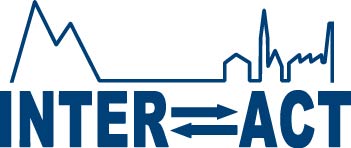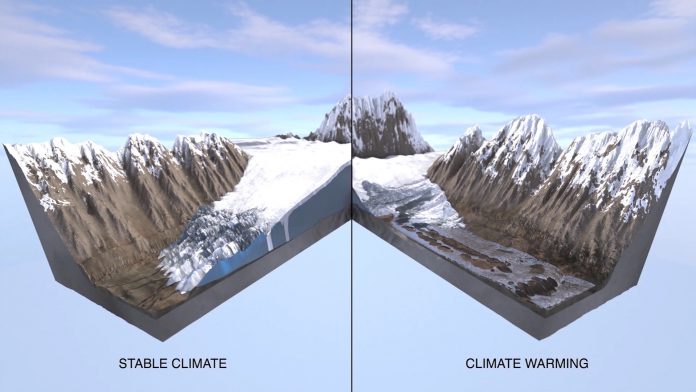Science is useless by itself if it doesn’t speak out. INTERACT is doing excellent science, but if it stays within the science community, its science is only of academic interest; communication across sectors is imperative
From the outset, INTERACT is a communication hub among researchers but also reaches out to the general public, to decision makers, and to the next generation who will inherit the climate, biodiversity and landscape damage that we leave behind.
Putting researchers together in the right place at the right time
Many aspects of the Arctic environment are changing rapidly, and their consequences are numerous and complex. Understanding the system, predicting future environments, and planning solutions to minimize challenges for Arctic and global communities require researchers with a wide range of backgrounds to work together across the diverse Arctic environments.
Each year INTERACT stations host about 15 000 scientists who share living and laboratory space together. The resulting science understanding is communicated to the global science community as well as to general outreach and education as described below.
Getting the general public onboard
Many members of the general public are interested in the remote Arctic, but few can visit. INTERACT informs everyone about the Arctic’s global importance and shows the iconic Arctic in media as desirable and enjoyable. INTERACT reaches out to the general public in many countries using newspapers, radio, TV, and social media. However, we have gone further and developed a trilogy of films.
Part 1 engages the public as an entertaining introduction to the Arctic, its peoples and the INTERACT friends.1 Part 2, is made in collaboration with the BBC Natural History Unit at Bristol, informs the public about the impacts of climate change on the Arctic, its peoples and the global community.2 The final part of the trilogy will be a dystopian film to provoke the public.
Inspiring decision-makers
INTERACT is the largest research and monitoring network in the Arctic and supports over 150 international networks. Its members and the scientists it supports through transnational access have unrivalled knowledge of the changing Arctic and the consequences for local and global communities. It is imperative that this knowledge is shared with the stakeholders and particularly decision makers who can minimize harmful impacts of change and seek opportunities. INTERACT members therefore participate in global environmental change assessments and advise local and national governments.

INTERACT and educating students: Preparing the next generation
INTERACT members are research stations in some of the most spectacular landscapes on Earth, but the clock is ticking for the impacts of climate change. INTERACT brings the surprisingly diverse Arctic into homes, schools, and universities around the world.
Through the INTERACT docuseries, other videos, school syllabus, courses on the changing Arctic, and interactive educational activities, INTERACT is helping to educate students at all levels in over 60 countries on the changing Arctic.
INTERACT is proud and privileged to work with Indigenous Peoples. We have learned that their knowledge is passed from generation to generation by telling stories, and we tell our own stories. About 90 stories have been compiled in two volumes of “Stories of Arctic Science”.3 All the resources are totally free and easily accessible.4
Doom and gloom or hope and opportunity: what should our outreach focus on?
Our responsibility to people is heavy. We know that the Arctic is warming four times faster than the rest of the world. Outside our stations we see a changing Arctic. We also see few mitigation responses at present. While we are happy to communicate this reality to stakeholders and decision makers, we need to tread carefully to ensure that the general public and particularly school students retain hope and work together for a future Arctic that they can enjoy.
References
- https://eu-interact.org/northwards/
- https://eu-interact.org/the-changing-global-arctic/
- https://eu-interact.org/publication/
- https://eu-interact.org/arctic-awareness/interact-educational-resources/

Website and social media information
- Web site: https://www.eu-interact.org
- Facebook: https://www.facebook.com/InteractArctic
- Instagram: https://www.instagram.com/eu_interact/
- Twitter (X): https://www.twitter.com/INTERACT66
- LinkedIn: https://www.linkedin.com/company/eu-interact/
Contributor Details
Editor's Recommended Articles
-
Must Read >> Unleashing the full potential of STEM education
-
Must Read >> The essentiality of diversity in STEM education











